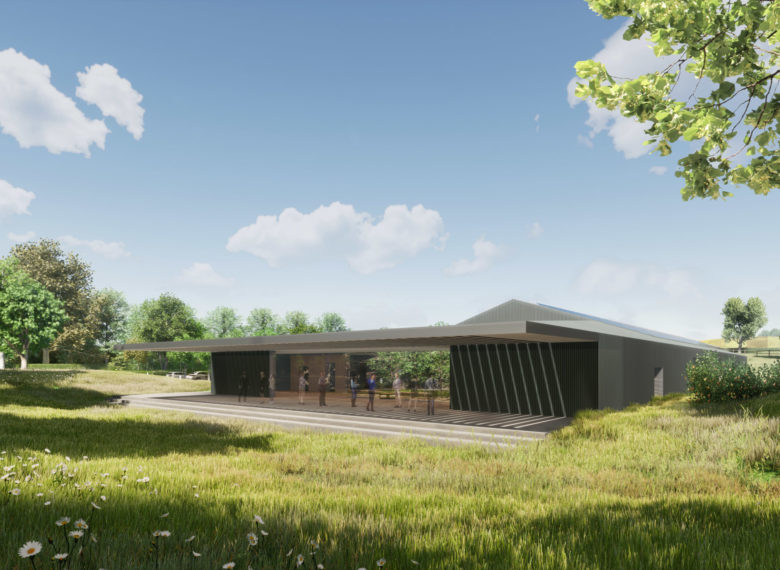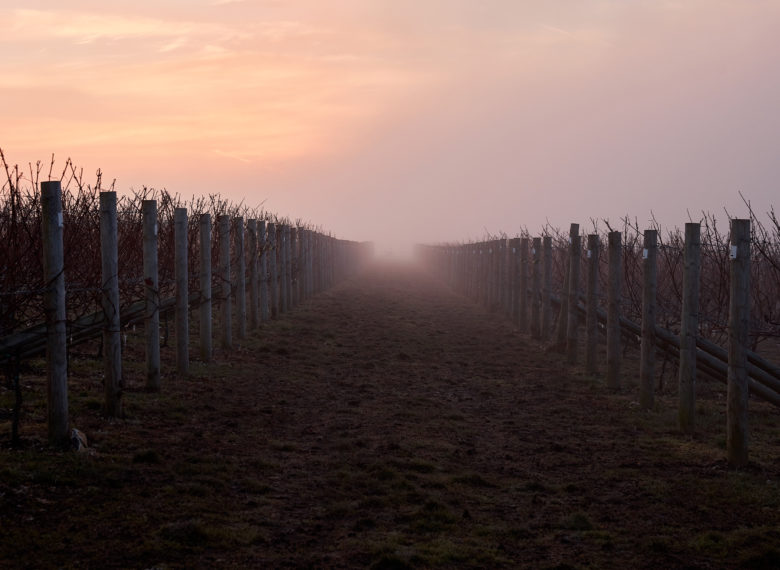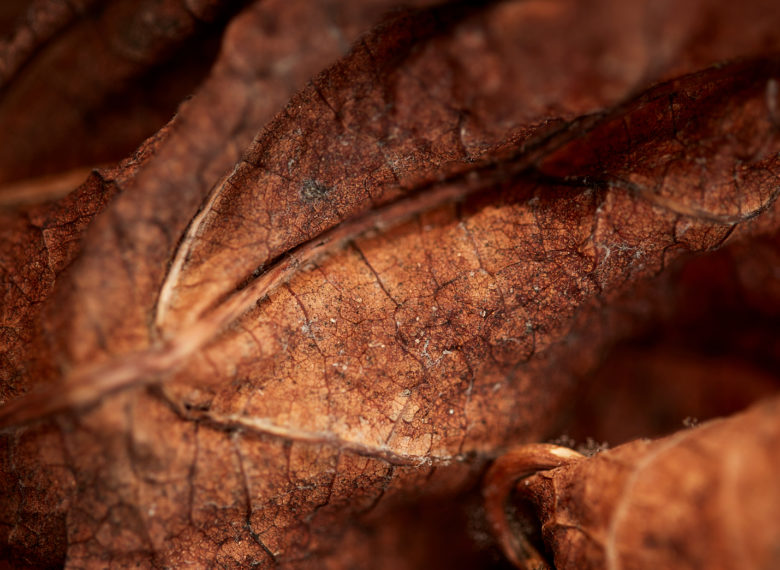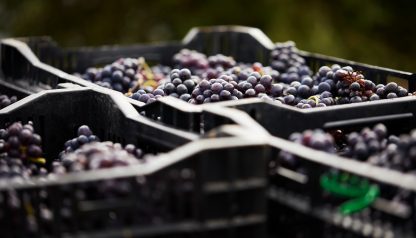Category: Uncategorised

Coming soon to a vineyard near Itchen Stoke!

Some January cheer…
We are very happy to announce the arrival of Harry Pickering as our first in-house Winemaker. Harry’s appointment follows a six-month global search with over a hundred applicants from eleven countries – but he’s joining us from Gusbourne, just up the road in East Sussex. There he has worked with Charlie Holland since 2015, helping to establish a renowned range that stands at the forefront of English wine.
After training in land management, the wine bug bit bad and, over the last 11 years, Harry has gained experience at vineyards and wineries in the Corbieres AOC in France, in West (as well as East) Sussex and in the Waipara and Otago regions of New Zealand, where he also spent much of 2014 studying Viticulture and Oenology at Lincoln University.

The appointment is a critical step in the next phase of The Grange's development and, once he arrives in June, Harry will be overseeing the build and fit out of our sleek new winery designed by Timothy Hatton Architects (see above). After that he will be tasked with taking the complex, rich and layered sparkling style we have developed with Emma Rice at Hattingley to the next level, as well as developing new sparkling and still wines and setting up a small high-end contract wine-making operation.
After the nightmare of 2020, it looks like 2021 is going to be a busy year!

The Vineyard year is over now…
With the grapes through the presses and the juices fermenting, the days are shortening and the damp and the chill starting to dominate, so it is something of a relief to be able to spend less time in the vineyard and put one’s feet up and look back on this bizarre year – there has certainly been a lot going, even leaving C-19 to one side.
From the viticultural point of view it has been mixed. The terrible frosts of April and May hit us hard, reducing yields, but the generally lovely weather since those frosts has led to remarkable quality in all varieties and I am really looking forward to tasting the wines come 2024, even if they turn out to be rare jewels.
In Burge's Field the leaves are dropping, coating the ground with an astonishing carpet of gold and purple. Phil and Sam are looking towards the arrival of our peripatetic flock of sheep (to tidy up the grass and add some welcome manure) and then, after a quiet January, the frozen joys of February pruning...

Outside the vineyard in 2020, the 2015 based wines have been doing very well in the various wine competitions we have entered and have won 7 Silver medals, 2 Golds and a Platinum between them. Driven on by these amazing votes of confidence for what we have always thought were lovely wines, the sales team, spearheaded by Claire, has also been going great guns. Highlights include Daylesford stocking both wines at all their stores, Hawkins Brothers taking the CLASSIC and Haynes Hanson and Clark adding the PINK to the already stocked CLASSIC. Beyond that we also got on to the wine list at The Pig Hotel in The New Forest and the fabulously fashionable Hut at Colwell Bay on the Isle of Wight.
2020 will mainly be remembered for this miserable and terrifying virus but, in amongst the horror of those memories, we here at The Grange will have some little Platinum coloured glints...








